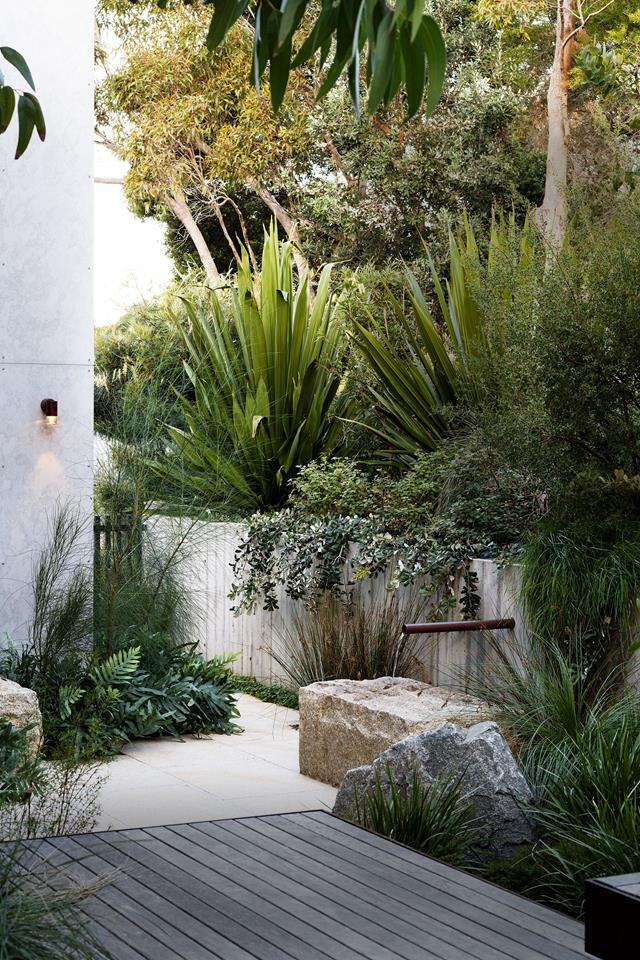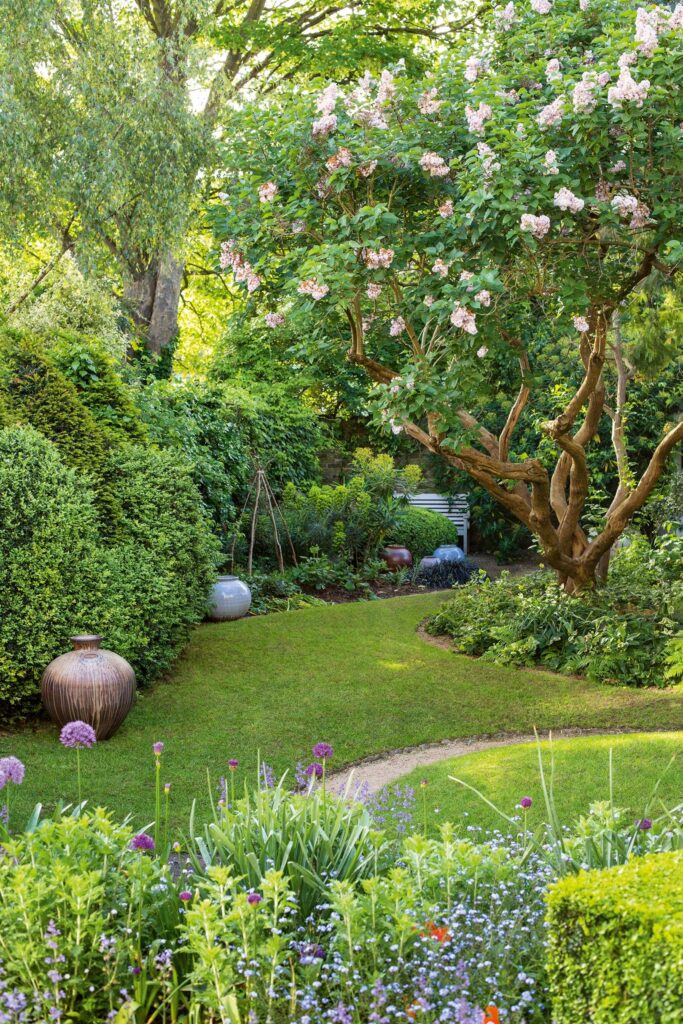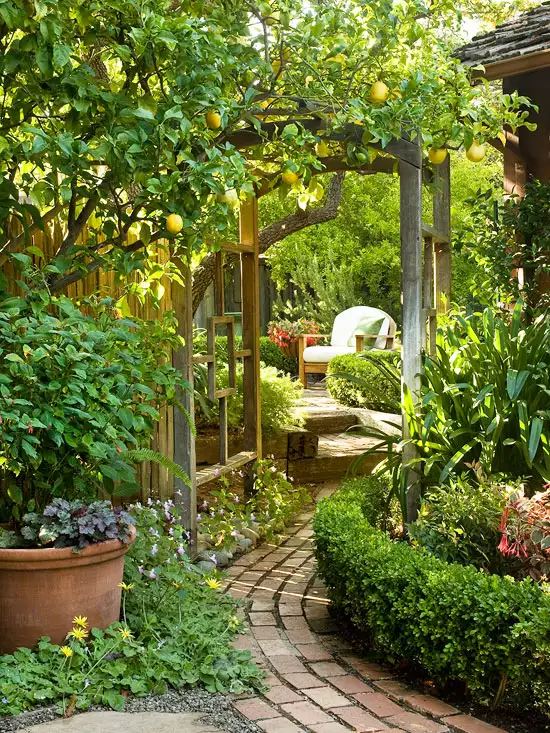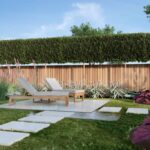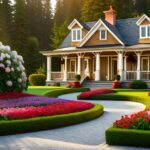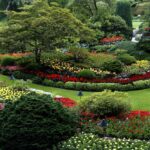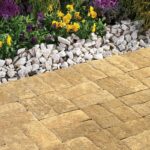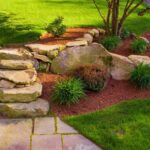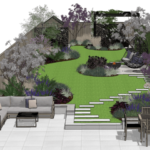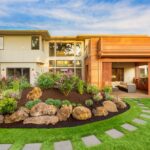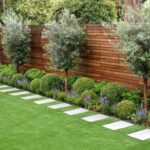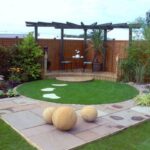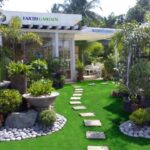Garden landscape design is an art form that combines horticulture, architecture, and creativity to create beautiful outdoor spaces. A well-designed garden landscape can enhance the beauty and functionality of any outdoor space, whether it be a small backyard or a large estate. By carefully planning and arranging plants, hardscapes, and other elements, a garden landscape designer can create a space that is both visually appealing and practical.
One of the key elements of garden landscape design is plant selection. The types of plants chosen for a garden can greatly impact its overall appearance and functionality. Designers must consider factors such as climate, soil conditions, and maintenance requirements when selecting plants. By choosing a variety of plants with different textures, colors, and blooming times, designers can create a visually interesting and dynamic garden landscape.
In addition to plants, hardscapes such as paths, patios, and walls are important elements of garden landscape design. These structures help to define the layout of the garden and provide functional spaces for relaxation, dining, and entertainment. Hardscapes can also be used to create focal points within the garden, such as a water feature or sculpture. When designing hardscapes, it is important to consider factors such as materials, scale, and maintenance requirements to ensure that they complement the overall design of the garden.
A well-designed garden landscape should also incorporate elements of sustainability and ecological balance. Designers can use techniques such as rainwater harvesting, native plant selection, and composting to create a more environmentally friendly garden landscape. By choosing plants that are well-suited to the local climate and soil conditions, designers can reduce the need for irrigation and fertilizers, resulting in a more sustainable and low-maintenance garden.
Another important aspect of garden landscape design is the consideration of outdoor living spaces. These areas provide opportunities for relaxation, dining, and recreation, and should be integrated seamlessly into the overall design of the garden. Features such as outdoor kitchens, seating areas, and fire pits can enhance the functionality and enjoyment of the garden landscape.
Overall, garden landscape design is a complex and multidisciplinary art form that requires careful planning, creativity, and attention to detail. By incorporating elements such as plant selection, hardscapes, sustainability, and outdoor living spaces, designers can create beautiful and functional garden landscapes that enhance the beauty and value of any property. Whether you have a small urban garden or a large country estate, a well-designed garden landscape can transform your outdoor space into a tranquil and inviting retreat.
